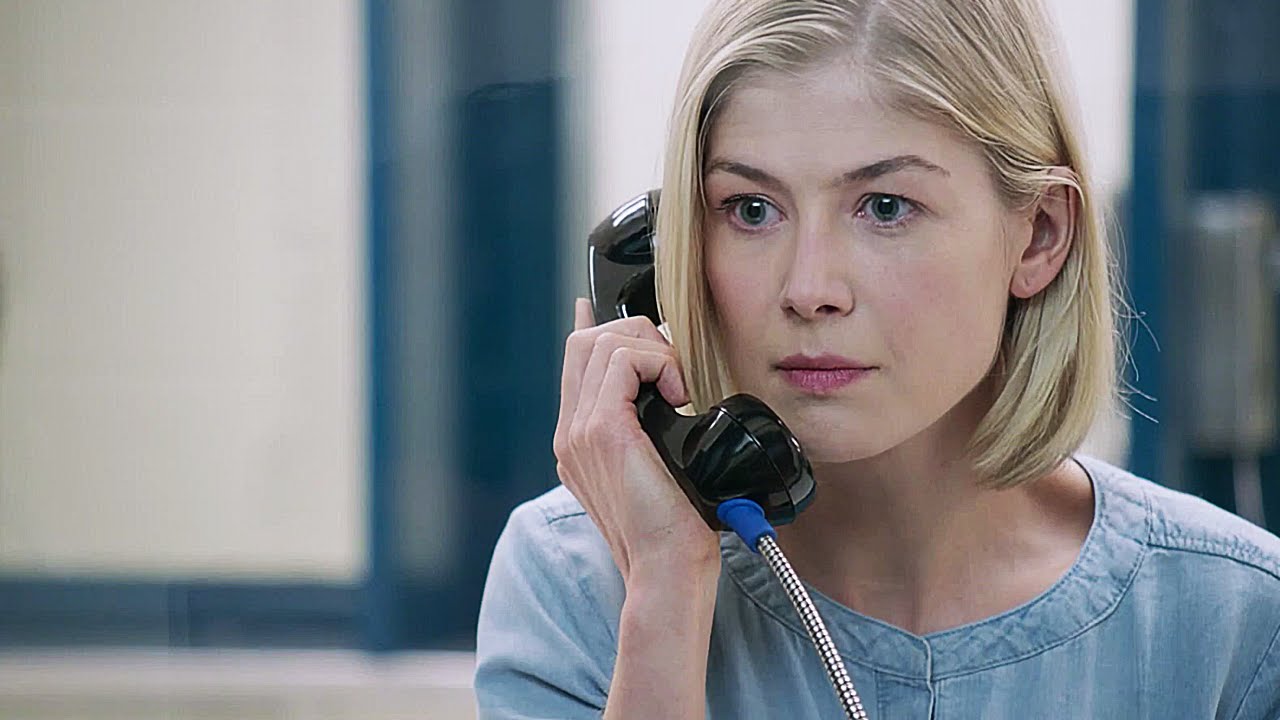
To state the obvious, Alfred Hitchcock has influenced more filmmakers than almost any artist in the history of film. From his stories, to his directing style, to the types of actors he cast, the screenplays he supervised, editing, his camera style, costume choreography (He wasn’t a designer, but more a conductor), to any other element of filmmaking you can think of, he is the gold standard.
To list the 10 best films influenced by Hitchcock is lunacy, requiring medication. Certainly, I haven’t seen every film influenced by him and, I am willing to bet dear reader, none of you have either. Therefore, I want to focus on 10 films that were influenced by Hitch and, in return, may have influenced him. I find these films interesting in this context, and I hope you do as well.
1. A Cottage on Dartmoor (1929)
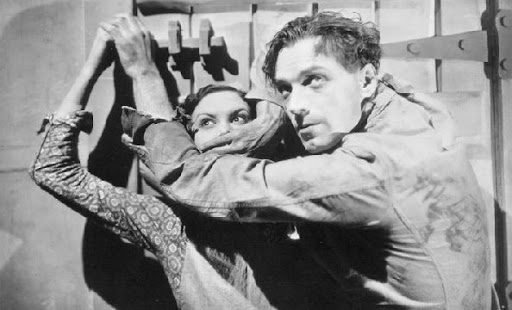
Anthony Asquith is a very interesting person. He was born in 1902, to parents H.H. and Margot. His father was Chancellor of the Exchequer. For those of you who are not familiar with British politics, it’s like being Vice-President, or Speaker of the House. H.H. was one of the most powerful political figures in the world. Anthony was an Oxford grad, and was expected to join a noble, respectable profession. Film was not considered respectable at all. In my opinion, it is because there was not a thriving film industry, for entertainment.
British film focused on documentaries, and non-fiction subjects. Chaplin escaped to the US, I presume, because of this. Anthony grew tired of his family’s snobbery, and became a filmmaker to escape the stigma of his upbringing. Hitchcock began to change the attitude towards film for entertainment, by directing a smash hit: “The Lodger”. Hitch gave a glimmer of hope that British audiences might no longer be forced into only watching Hollywood films. In 1926, Britain had its own homegrown, very British filmmaker.
1929 is a landmark year for British film, because the first sound film in Britain was released. Take a wild guess who made it: Hitchcock. In that same year, Asquith directed his own seemingly Hitchcockian thriller: “A Cottage on Dartmoor”. What is so remarkable about this is the concept of a Hitchcockian thriller did not exist yet. “Blackmail” was only Hitchcock’s second thriller. However, “The Lodger” must have made a huge impression on him. The late-great film critic Raymond Durgnat once wrote that with this film Asquith “out-Hitchcocks Hitchcock”. I don’t know if I would go that far, but Asquith certainly was paying attention to Hitchcock’s methods in “The Lodger”.
And, I think it is safe to assume that Hitchcock paid attention to this film, because his subsequent films seem to carry on from “A Cottage on Dartmoor”. Despite all of his flaws, Hitchcock was a fairly humble artist. I don’t believe he had a problem with someone younger than him trying to outdo him. Asquith went on to a long, and distinguished career, directing a myriad number of films, of all shapes and sizes. He is a truly remarkable filmmaker. With this film, people began to notice him, and British film consciousness continued to grow.
2. M (1931)
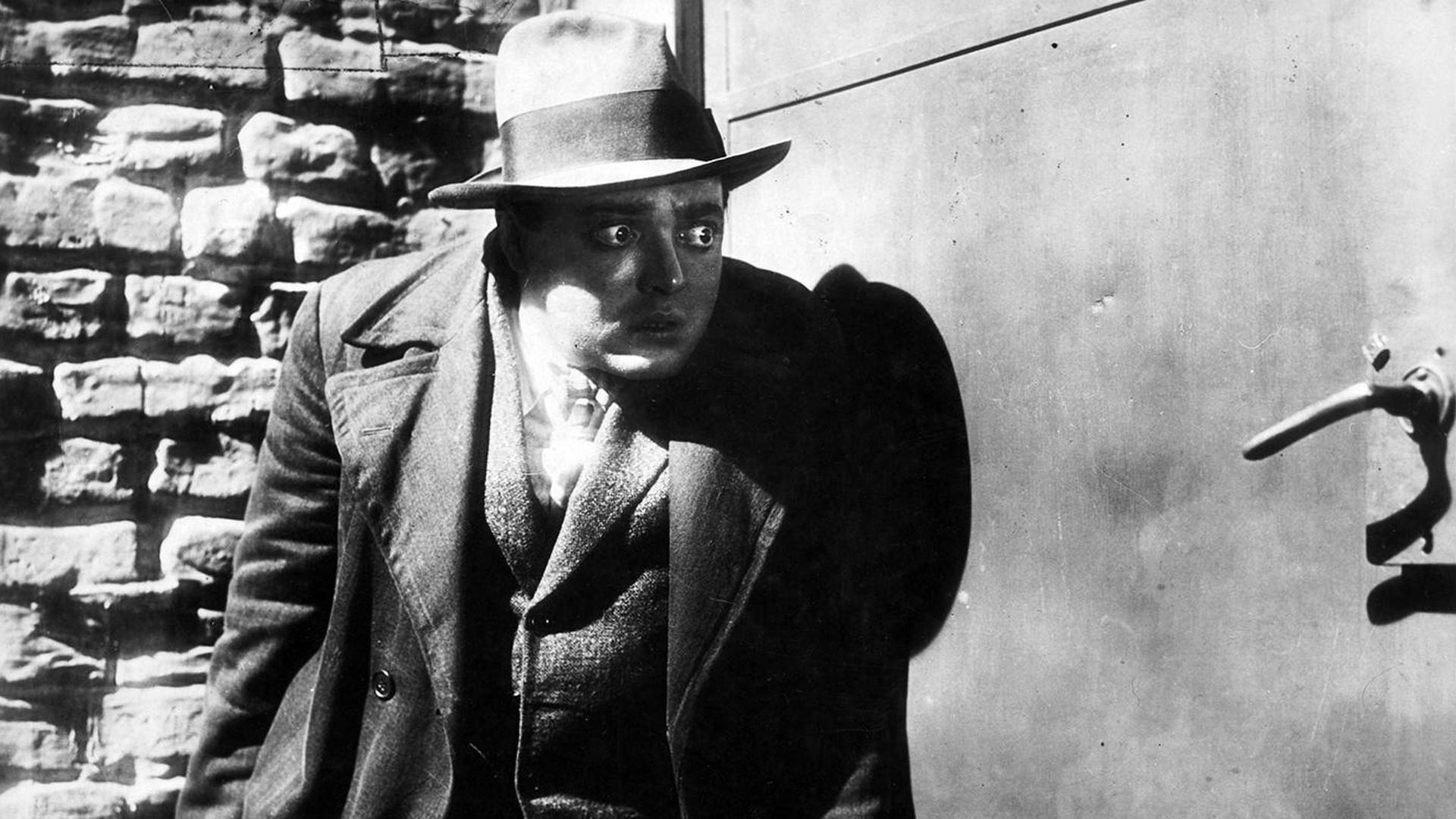
Reducing any great artist to one, or a handful, of works can seem arbitrarily cruel; dismissive of a lifetime of work. Well, there is no danger of that with Fritz Lang! In his fantasy films, science fiction films, thrillers, and crime dramas Lang forged a legacy that would make any filmmaker green with envy. He even adapted Ferenc Molnar’s play “Liliom”, which then became a famous musical: “Carousel”! “M” is not only one of Lang’s best films but, it is one of the most unique. It was his all time favorite of all of his films. It was Lang’s first sound film, and he invented, for film, the technique of a short piece of music representing a character: a “leitmotif”. You hear the tune when the character appears on screen. It is no secret that “M” is about the pursuit of a child murderer.
“M” is a truly hair-raising, chilling film. One of the most remarkable elements of this masterpiece is its star, Peter Lorre. This was his first dramatic role. Believe it, or not, Lorre had made comedies before this. Lorre’s performance in “M” defined the rest of his career, something he truly resented. No one wants to be known as a “child murderer”! At this point in his career, Hitchcock had made 3 thrillers: “The Lodger”, “Blackmail”, and “Murder!”. He was being talked about by virtually every filmmaker in Europe. It is inconceivable that Lang, as famous as he was, did not know of him. The way Lang builds nerve-jangling suspense is very Hitchcockian.
Also, I believe “M” may have influenced Hitch. More than once, Hitch made films that followed a murderer. “Shadow of a Doubt” immediately springs to mind. As with “A Cottage on Dartmoor”, I believe Hitch influenced a filmmaker, and was subsequently influenced by them. Fritz Lang’s 1936 film “Fury” is about a wrongly convicted man, who tries to prove his innocence. One of his great challenges is in dealing with a lynch mob, trying to take matters into their own hands. This is sort of a cross between “M”, and “The 39 Steps”. This reciprocal taking in influences, and then influencing back, is fairly common, but rarely happens between artists of this caliber.
3. Gaslight (1944)
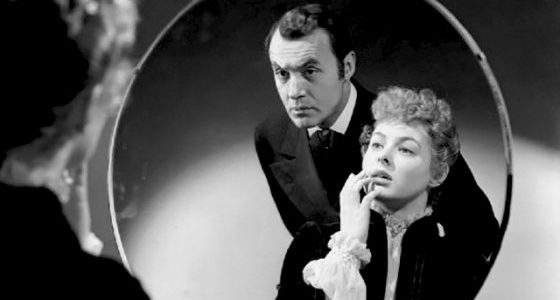
This one is a little tricky to untangle. We as a film going public have unfortunately gotten used to the “remake”. Empirically, there is no such thing as a remake. You are making a new film. To explain why would require a very long blog, and a bottle of whiskey. I have heard several actors argue the validity of this point and, to not put too fine a point on it, I have studied this phenomenon for decades, and it’s true: there is no such thing as a “remake”. So why are they made? Unless you plan on improving a previous film, remakes have no reason to exist. However, they still get made so, why? Sometimes, a hit film gets made in another country, and it never makes it out of that country. I believe that is what happened to “Gaslight”.
Four years before Ingrid Bergman would win her first Oscar for this film, Thorold Dickinson directed Anton Holbrook and Diana Wynyard in a British film based on Patrick Hamilton’s play “Gaslight”. Patrick Hamilton also wrote the play “Rope”. Yes: Hitchcock’s “Rope”. It is not fair to claim that the Ingrid Bergman film is a shot-by-shot remake. Both casts are excellent. I believe the main difference between the two films is the director. Guiding Bergman to Oscar glory was one of the greatest directors in Hollywood history: George Cukor. An Oscar winning director, Cukor directed an incredible set of masterpieces which will stand the test of time. “Gaslight” was one of his few thrillers.
According to legend, Cukor was scrambling in preparation to direct this film. Hitchcock was working either in the same studio, or nearby. No one knows for sure. Cukor bought lunch for Hitch on several occasions, and picked his brain about how to approach “Gaslight”. By the time the film was ready to shoot, Cukor was confident, and determined. The Bergman version is slightly uneven, compared to the British. However, it still has a better director, and powerhouse performances by Bergman, Charles Boyer, Joseph Cotton, and a very young Angela Lansbury (“Murder She Wrote”). My advice is to watch both versions, and judge for yourself. However, it is the Bergman version that, if the stories are true, had the genuine Hitchcock connection. Based on just the film itself, I am inclined to believe the stories. And if you are wondering, the term “gaslighting” comes from this film.
4. In a Lonely Place (1950)
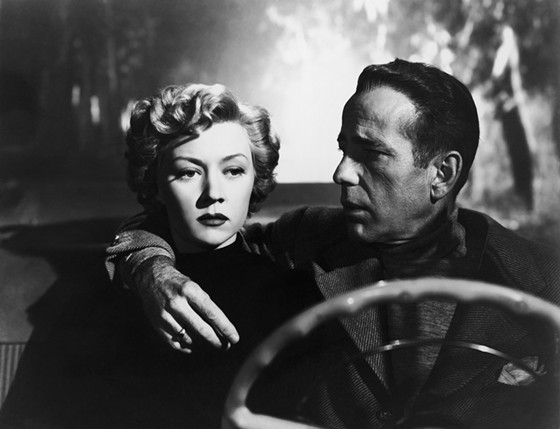
“In a Lonely Place” is widely known as one of the first allegories about “The Hollywood Blacklist”. Dixon Steele is an emotionally unstable writer, whom the police are investigating regarding a murder. The “wrong man” model is in place, just as The Lodger, Hannay and Barry Kane are portrayed in their respective films. Hitchcock would continue using the wrong man archetype in more films. Because of the fear of Communism, and the hysteria it brought, it’s almost as if the world caught up to Hitch. Hitch knew that mistaken identity was a very powerful storytelling device, but it did not achieve a visceral reality until The Red Scare.
Hitchcock’s wrongly accused men usually have fate, or their own self-determination, to get them out of trouble. Dixon Steele is already neurotic, and probably a sociopath. This fits in perfectly with The Blacklist theme, and it leads to the character’s own downfall. Every time someone tries to help him, he pushes them away. If Hitchcock had made this film, it would be the only time he had a self-destructive hero. Steele is the source of all the suspense in the film, because you truly do not know what he is going to do next. Will he realize how people see him, through his actions? Can he save himself? These are all questions Hitchcock’s heroes ask themselves. Hitchcock uses a more physical means of answering them, but the result is the same. Where Ray differs from Hitchcock is playing the story as a real indictment of society. Hitchcock pushes the fantasy side of his films.
A double feature of this film, and “North by Northwest” would be very interesting. Because the 1950’s was like living in a Hitchcock film (Not knowing who is watching, and there are murderers around every corner) it should come as no surprise that this was his golden decade. One of the hallmarks of this decade for Hitch was a shift in what kind of woman he wanted to cast. He switched from Ingrid Bergman, to the platinum blonde. Even in black-and-white, Gloria Graham as Laurel, is almost the archetypal Hitchcock blonde. It’s a shame they never worked together. Watching her performance, Grace Kelly, Kim Novak, and Tippi Hedren all spring to mind. Because everyone in Hollywood knew about this film, I can imagine Hitch having a eureka moment watching it. However, that is my theory. This is a truly extraordinary film, and may be the first real attempt to take Hitchcock to another place: a true homage, and the invention of something new.
5. The Wages of Fear (1953)
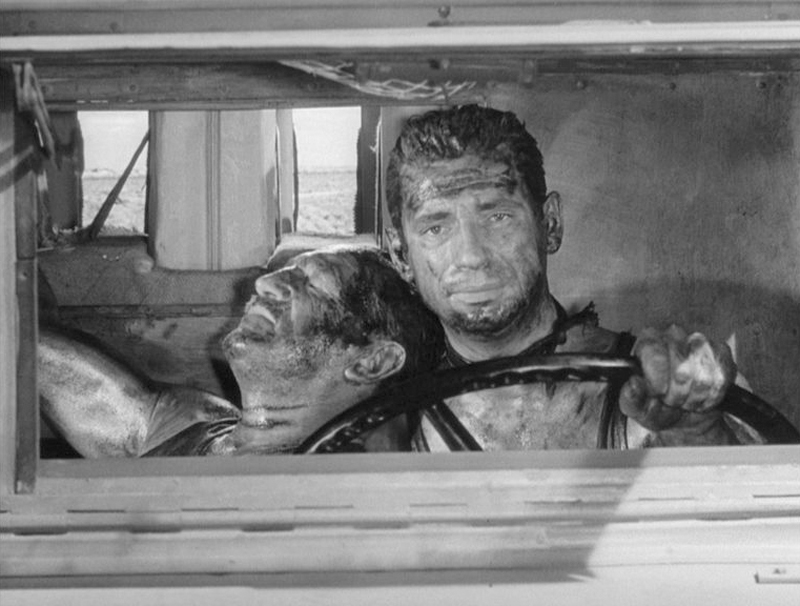
This is one of the most brutal films I have ever seen. Henri-Georges Clouzot is often referred to as the Hitchcock of French cinema. He was born in Niort, France, a small town 2 hours North of Bordeaux. He loved cinema from a very early age, and wrote plays as well. He tried to enlist in the Navy, but was ruled out by his myopia. His eyesight was bad. A filmmaker with bad eyesight: that reminds me, I should clean my own glasses. He left home to study political science. He eventually found employment writing movie scripts, and translating foreign films. Put on trial by the Nazi’s during World War II, he was sentenced to never being allowed to pick up a camera, or enter a studio, for the rest of his life. When the Nazi’s left, he got back to work.
After several eclectic films, he found a novel by Georges Arnaud called “Le salaire de la peur”. A desperate town, filled with desperate men, while away the hours, waiting for some kind of work to appear. The oil company near the town has had an oil pump explode, and fire rages, threatening to engulf the entire area. The director of the company concludes that only a substantial explosion, using nitro-glycerin, can seal the hole, making it possible to contain the fire. The site is over 300 miles away, with treacherous roads, and hidden perils. If you choose to watch this film, be patient.
It takes an hour to get the catalyst for the plot in place. This first hour does not seem related to Hitch in any way. Once things get moving, Clouzot follows all of Hitchcock’s rules for generating suspense. I rewatched the film recently, and found myself yelping at perilous scenes, even though I knew what was going to happen. I don’t know when I will have the nerve to watch this film again. It is a harrowing experience, with one of the most bizarre endings I have ever seen. No argument: Clouzot was, and is, the French Hitchcock!